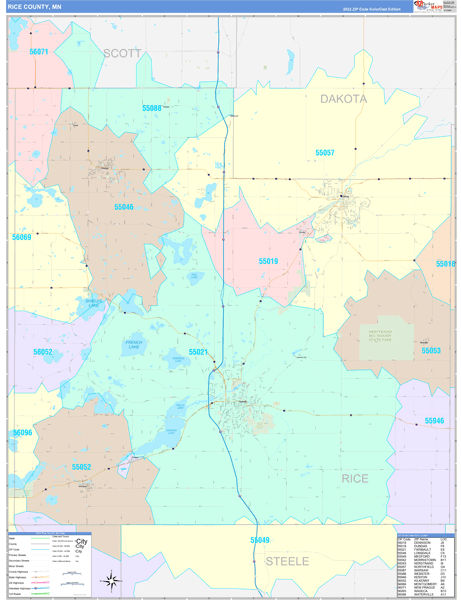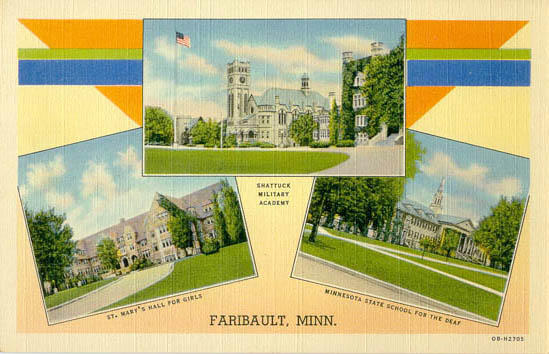
to protect plant and animal communities for future generations.ĭefinitions: Integrated roadside resource management (IRRM) incorporates the use of native plant communities economically and environmentally sound management techniques (such as controlled burning’ spot spraying and mowing at proper times’ and/or biological and cultural controls to establish and maintain a safe, stable, low maintenance roadside that is attractive and healthy for all life. to reduce soil erosion and improve water quality. To reduce long-term roadside maintenance costs. The mission of the Rice County Integrated Roadside Committee (RCIRC) is to promote the use of integrated roadside resource management (IRRM) by Rice County officials and landowners. Rice County Integrated Roadside Committee Cooperators included the Rice County Highway Department, Rice County Planning and Zoning, Rice County Soil and Water Conservation District and Natural Resources Conservation Service, Big Woods Project, Cannon River Watershed Partnership and Minnesota Department of Natural Resources Division of Wildlife. Olaf and Carleton from the Howard Hughes Medical Institution. 
Locations with prairie will be mapped and ranked, species identified and vouchered, and information will included as a GIS layer(s).įunding for this survey was provided by a Minnesota Department of Natural Resources Technical Assistance Grant obtained by the Rice County Integrated Roadside Management Committee and grants to St.

Survey work was conducted during the summer of 2000 and was initially will be based on known, mapped locations for prairie. The purpose of this project is to identify, map and mark existing native prairie along roadsides in Rice County, Minnesota. As a first step, management and protection of native plant communities along roadsides requires information about their location.

For example, local plants and seeds are needed for replanting of prairie to roadsides and elsewhere, and roadsides provide a great place for many people to see native plants. The preservation of local plant communities is important to maintaining the natural heritage and diversity of an area.







 0 kommentar(er)
0 kommentar(er)
